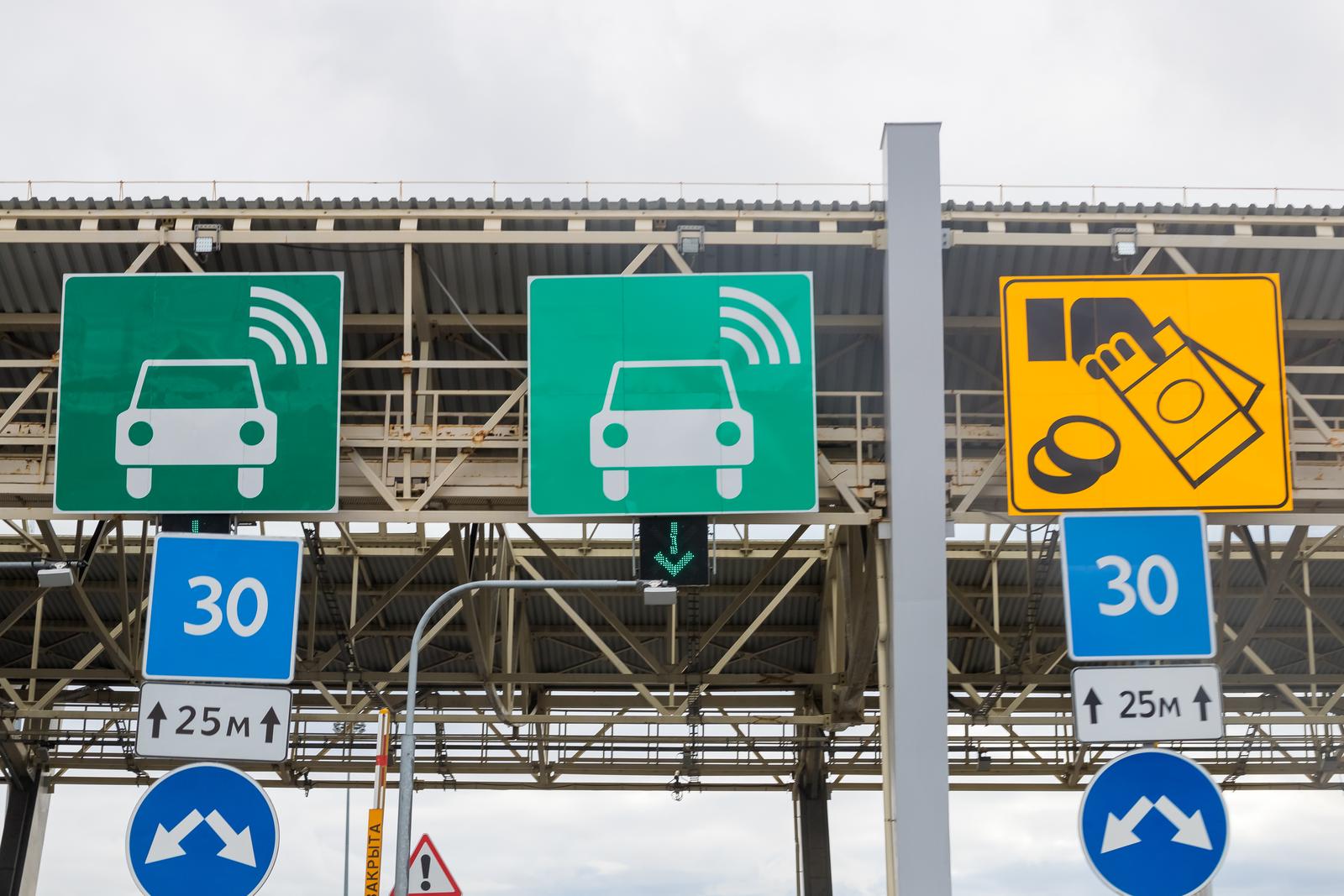What is an OBU (on-board unit)?

To answer, what is an OBU in the simplest terms, an OBU is a device in a vehicle used to transmit and collect data for various applications. More specifically, an OBU (on-board unit) is an electronic device installed in a vehicle that records traffic and driving data and can connect to roadside and satellite navigation systems. They are generally used for the automated billing and recording of tolls, referred to as electronic toll collection (ETC), but can also be utilised for additional services. For instance, OBUs can be used for diagnostic and emergency data storage, route planning, and navigation. Additionally, they are capable of handling vehicle-to-vehicle (V2V), vehicle-to-infrastructure (V2I), and vehicle-to-roadside (V2R) communication.

In their typical use in tolling, OBUs employ various methods to communicate with tolling system and assess the distance traveled, and subsequently, the toll amount due. The two most common methods used are with radio and mobile radio technologies and satellite navigation.
In the case of radio technology, a radio beacon transmits a signal which is received by the OBU. That signal is then modulated by the OBU and the data sent back to the beacon. The stationary position of the beacon allows it to determine the distance traveled.
When using satellite navigation in tolling, the OBUs have a GPS receiver which receives the navigation signal. The data is then sent by SMS from the OBU via a GSM modem to the toll center. The toll is then calculated using this navigation data, often also taking into account other vehicle specific data such as the exhaust gas class and number of axles.
When being used for emergency data, an OBU can act as an interface for ITS services, such as warnings and travel information, to be delivered to the driver. In this case, OBUs continuously transmit information to other vehicles, roadside units (RSUs), and other devices in the form of Basic Safety Messages (BSMs).

